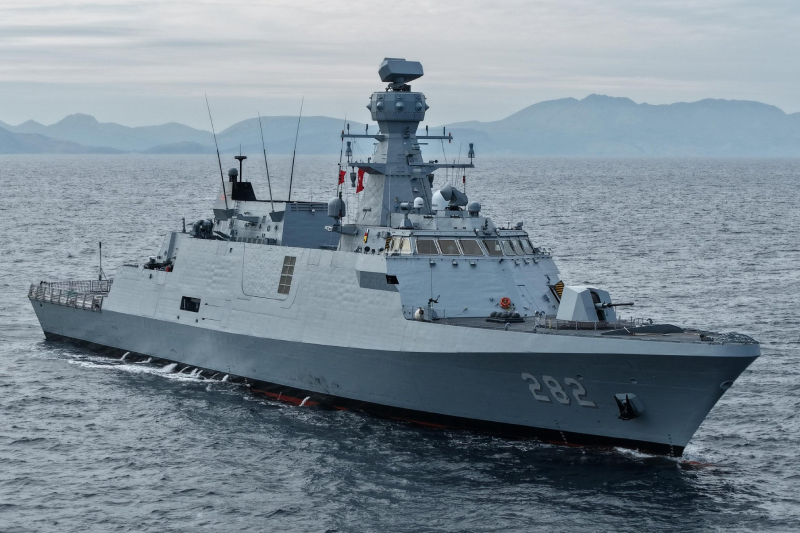Mojave Success GA-ASI Redefines Maritime Operations
General Atomics Aeronautical Systems, Inc. (GA-ASI) has made aviation history with the Mojave, a short takeoff and landing (STOL) demonstrator that recently underwent successful testing aboard the HMS Prince of Wales aircraft carrier. This groundbreaking achievement showcases the potential for redefining maritime operations and introduces a new era of capabilities for remotely piloted aircraft systems in naval settings.
The Mojave’s Proven Capability
Engineers and executives at GA-ASI developed the Mojave, a medium-altitude, long-endurance aircraft derived from the highly successful Gray Eagle. The Mojave was designed to require less ground roll for takeoff and landing, making it suitable for operation from rough or unimproved surfaces. Initial tests in California’s high desert demonstrated its capability, with successful takeoffs and landings in challenging conditions.
Also read this: Belgium Receives First F-35A from Lockheed Martin
Collaboration with the Royal Navy
GA-ASI found an eager partner in the British government, particularly the Royal Navy, which is a world leader in innovative medium-altitude, long-endurance, remotely piloted aircraft systems. The Royal Navy’s interest in testing Mojave’s capabilities aboard the HMS Prince of Wales led to a collaborative effort to analyze and adapt the aircraft for maritime operations.
Adapting to Maritime Environment
The Mojave’s adaptation for carrier operations involved a thorough analysis of the aircraft’s takeoff and landing requirements on the ship’s flight deck. Unlike conventional methods, it was determined that Mojave could take off from the stern at an angle towards the left side, eliminating the need for the carrier’s inclined bow ramp. The engineering team also addressed the challenge of transitioning from ground-based control to ship-based control.
Successful Sea Trials
Over 100 real-life takeoff and landing cycles at a company test facility, combined with new software development, culminated in a successful first attempt at sea trials off the East Coast of the United States. The Mojave took off from the HMS Prince of Wales, and the ship’s flight controllers communicated with the pilot as though he were on board, showcasing the seamless integration of remotely piloted aircraft into maritime operations.
Potential Applications and Future Developments
GA-ASI and its partners envision the broader impact of medium-altitude, remotely piloted aircraft in maritime operations. With over 70 percent of Earth’s surface covered by oceans, the potential applications include fleet defense, intelligence, surveillance, reconnaissance, communications relay, submarine hunting, and support for humanitarian and disaster recovery operations.
The successful testing of the Mojave aboard the HMS Prince of Wales marks a significant milestone in the evolution of maritime operations. GA-ASI’s collaboration with the Royal Navy has opened new possibilities for the use of remotely piloted aircraft systems in naval settings, paving the way for advancements that could redefine the capabilities of aircraft carriers in the 21st century. As international interest grows, the results of these trials may influence the adoption of similar capabilities by other naval forces worldwide.
Keep connected with us at Facebook, Twitter, YouTube, Instagram & TikTok for the latest defence happenings around the globe.
Discover more from International Defence Analysis
Subscribe to get the latest posts sent to your email.












